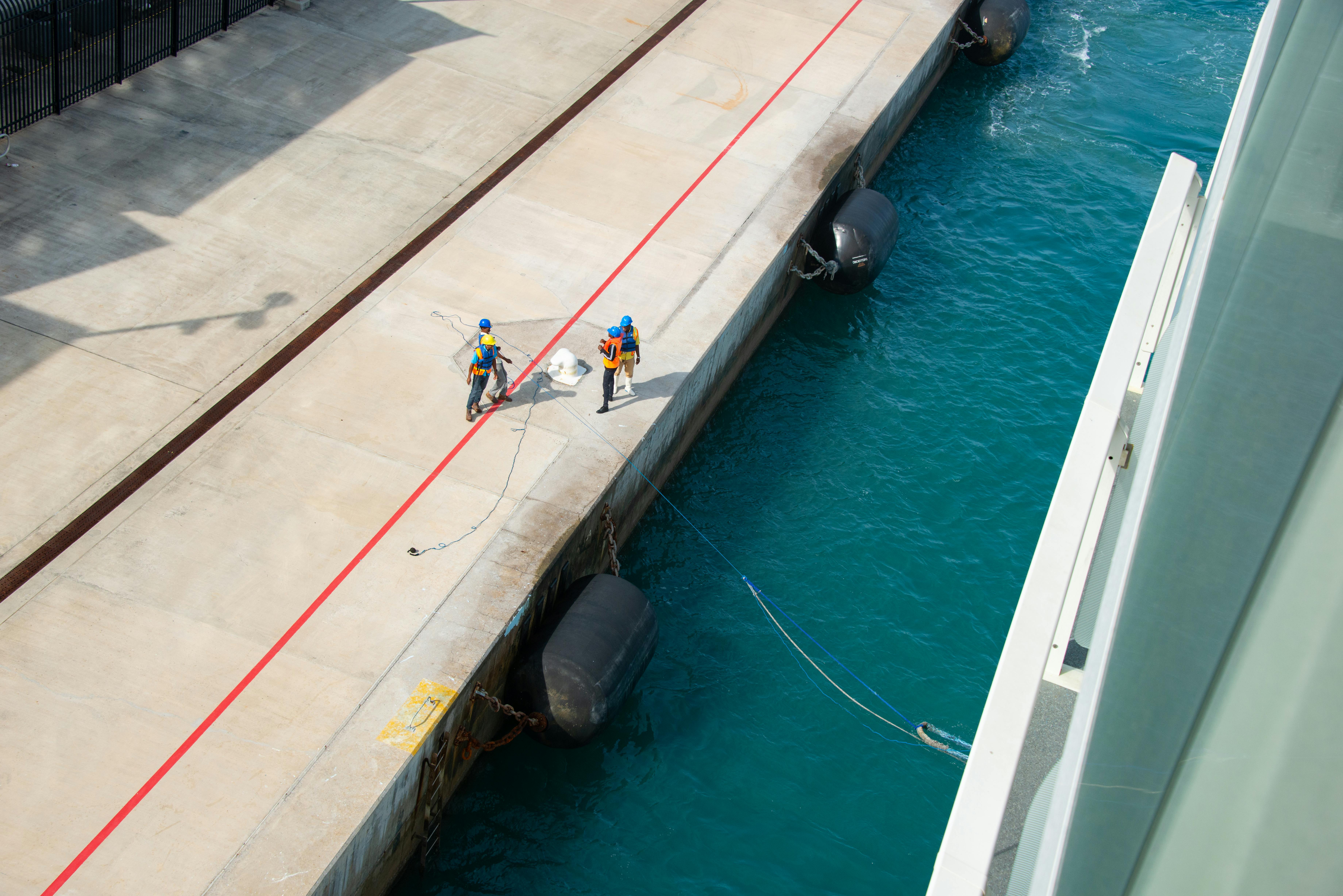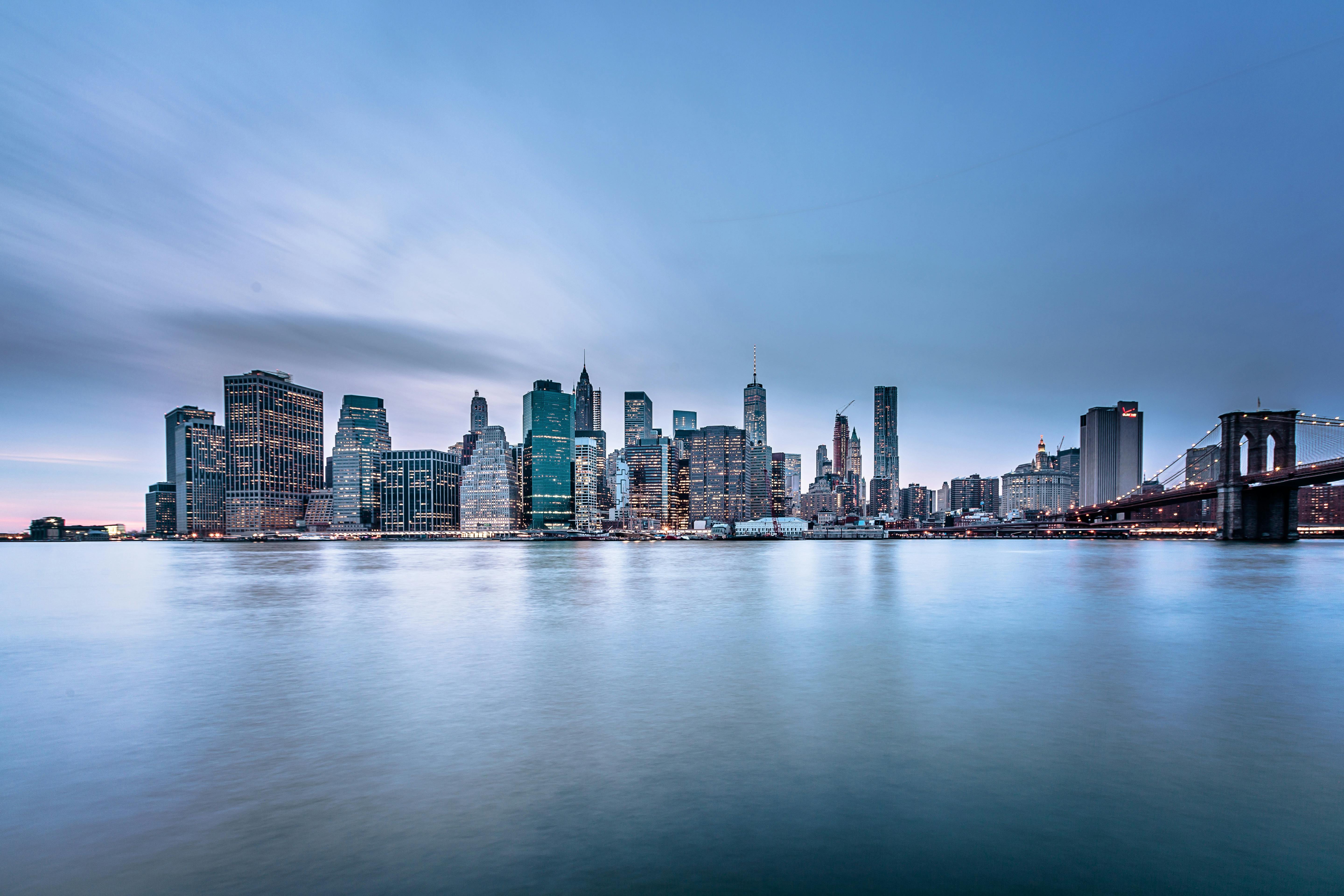A water distiller is a device that uses heat to purify liquid. The process involves boiling the water and then recondensing the steam back into liquid form. This process removes any bacteria, viruses, and other contaminants from the water, leaving only pure, clean drinking water. Water distillation is an effective way to obtain clean drinking water and can be used for a variety of purposes. In this article, we will discuss how a water distiller works and the advantages of using one over other methods of purifying water.A water distiller is a device that purifies water by removing impurities through a process known as distillation. This process involves boiling the water, collecting the resulting steam and condensing it back into liquid form. In this way, the contaminants and other impurities are left behind, leaving only pure, distilled water.
How Does a Water Distiller Work?
A water distiller uses heat to evaporate and purify water. This process is known as distillation, which is a method of purifying water by removing impurities and contaminants. The process is simple yet highly effective in producing clean, drinkable water. It begins with the heating of a container of untreated or impure water. As the temperature rises, the liquid inside the container will begin to evaporate, leaving behind the solid particles that make up the impurities. The vapor will then rise and be collected in a separate container where it will condense back into liquid form. This condensed liquid is now pure and free from contaminants.
The process of distillation can be done on both large and small scales and can be used to produce drinking water for homes or for industrial applications such as producing distilled water for medical or laboratory use. Water distillers are often used in areas where there is not access to clean drinking water, such as remote villages in developing countries. They can also be used at home to provide an additional source of clean drinking water when needed.
While there are many different
Types of Water Distillers
Distilled water is a popular choice for those looking to purify their drinking water. There are several types of water distillers available on the market, each offering different benefits and features. The most common types of water distillers are countertop, under-sink and whole house units.
Countertop water distillers are a great choice for those who need purified water without a major investment in time or money. These small units take up little counter space and can produce up to four gallons of distilled water per day, depending on the model. They typically come with a carbon filter and are easy to use and maintain.
Under-sink water distillers are larger than countertop models and can be installed directly under your kitchen or bathroom sink. They require more installation time, but they can produce up to 10 gallons of distilled water per day, depending on the model. Under-sink units also require more maintenance than countertop models, but they offer the convenience of being able to make large batches of distilled water at once.
Whole house water distillers are ideal for those looking for large-
Advantages of Using a Water Distiller
Using a water distiller is one of the most effective ways to purify drinking water. It has many advantages that make it a great choice for both residential and commercial applications. Here are some of the key benefits of using a water distiller:
The first benefit is that it removes impurities such as bacteria, viruses, and other contaminants that can be found in tap water. This is done by passing the water through an activated carbon filter, which traps these particles and keeps them from entering your drinking supply. The filter also helps to improve the taste and odor of your water.
Another benefit of using a water distiller is that it produces highly-concentrated distilled water. This means it removes large amounts of minerals, salts, and other substances that can be found in tap water. The result is cleaner, purer drinking water with fewer impurities.
Finally, using a water distiller can help to reduce your environmental impact by eliminating the need for single-use plastic bottles or cans. Not only does this help to reduce
Advantages of Using a Water Distiller
Using a water distiller is a great way to purify water and make it safe for drinking. Distillers remove all chemicals, contaminants, and impurities from the water, including bacteria and heavy metals. This makes it much healthier for drinking than tap or bottled water. They also remove unpleasant tastes and odors from the water, leaving it with a clean, crisp taste. Distillers are very easy to use and maintain, making them an ideal option for anyone looking for an easy way to purify their drinking water.
Another advantage of using a distiller is that it can save you money in the long run. You no longer need to buy bottled or filtered water—all you need is tap water and your distiller will do the rest. It also helps reduce waste since you don’t have to constantly buy new bottles of water every time you need some. Additionally, distillers are more energy-efficient than other types of filtration systems, meaning they will save you money on your electricity bill as well.

What Does the Process of Distilling Look Like?
The process of distilling is an age-old process used to create alcoholic beverages as well as essential oils. Generally, it involves heating a liquid until it reaches its boiling point, capturing and condensing that steam, and then cooling it back down to a liquid form. The result of this process is a concentrated form of the original liquid, with any impurities removed.
Distillation is an incredibly versatile process and can be used to make all sorts of different products, from beer and spirits to essential oils and perfumes. The process has been used for centuries in the production of alcoholic beverages, but it’s also become increasingly popular for creating essential oils.
The basic steps involved in distillation are relatively straightforward. First, the raw material – be it a fermented beverage or an essential oil – is heated until it reaches its boiling point. This causes the vapors to rise off the liquid and travel up through a column or pipe called a still. As these vapors travel up through the still they come into contact with cold surfaces which cool them back down into a liquid form before they reach the top of the
How to Choose the Right Water Distiller
Choosing the right water distiller for your home or business can be a daunting task. There are a variety of factors to consider such as size, capacity, and cost. Additionally, you’ll want to make sure that the distiller is safe and capable of producing clean, pure water. To help you make an informed decision, here are some tips for selecting the right water distiller for your needs.
The first thing you’ll need to consider is the size of the distiller. You’ll want to make sure that it is large enough to accommodate your water needs but not so large that it takes up too much space in your home or office. Additionally, you should also take into consideration how often you plan on using it and what type of water you plan on distilling. These factors will help you determine which size of distiller is best for your needs.
You should also look at the capacity of the distiller when choosing one. A larger capacity means that it can process more water at once, which can save time and energy if you have a large family or business that needs purified water quickly
Cleaning and Maintenance Tips for Your Water Distiller
Water distillers are an important part of ensuring that your drinking water is safe and free from contaminants. Regularly maintaining and cleaning your water distiller is essential in order to keep it functioning properly and ensure that you are receiving the best quality water possible. Here are some tips to help you keep your water distiller in top condition.
Regularly Clean the Boiling Chamber
The boiling chamber of your water distiller should be cleaned at least once a month, or more frequently if you notice any build-up of mineral deposits or other contaminants. Use a soft cloth or brush to remove any deposits from the boiler walls, paying special attention to the heating element. Be sure to rinse thoroughly with clean water afterwards.
Check Your Filter
Your water distiller should be equipped with a carbon filter to help remove impurities from the water before it is distilled. The filter should be checked every few months, and replaced when necessary. Before replacing the filter, be sure to rinse it out with clean running water.
<
Conclusion
The water distiller is an efficient and reliable way to purify your drinking water. It is easy to use and can be used for many years with minimal maintenance. With its various features and functions, it can quickly remove contaminants from your water source and produce clean, pure drinking water in no time. It is an affordable option that provides the best quality of drinking water while conserving energy and resources. By investing in a good water distiller, you can help ensure a safe, healthy lifestyle for yourself and your family.
Ultimately, the water distiller is a great solution for those looking to purify their drinking water. It is a cost-effective choice that offers reliable performance with minimal effort required to maintain it. With its ability to quickly remove contaminants from your water source, it can help provide you with clean, fresh drinking water anytime you need it. Investing in a good quality water distiller can provide you with safe and healthy drinking water while also conserving energy and resources in the long run.

